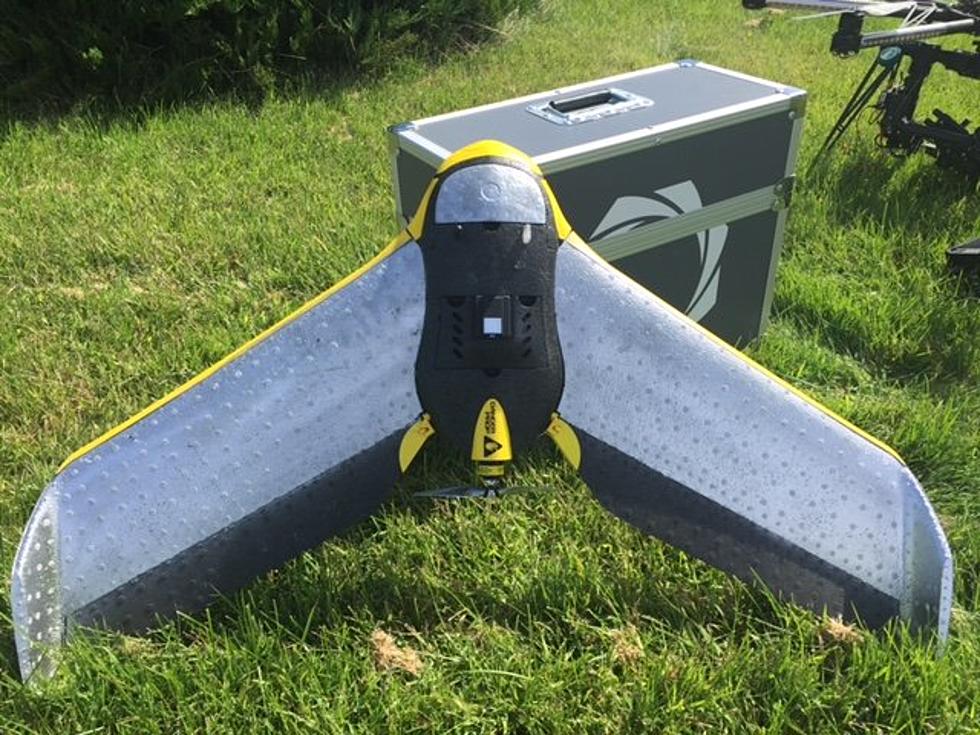Pioneer: Growers Prefer Integrated Approach to Extend Life of CRW Traits
In many portions of the country, conditions such as mild winters and low moisture are making it likely that growers should expect the recent rise in corn rootworm pressure to continue into next season. For those with affected or at-risk fields, it could mean plants with damaged root systems, poor seed set and yield loss. A critical component of any management plan is using defensive corn rootworm trait technology, and according to a recent poll of U.S. corn growers by Pioneer, most growers prefer partnering traits with a combination of best management practices such as crop rotation and scouting to help maximize and prolong efficacy. Pioneer Agronomy Manager Matt Essick reviewed more than 900 responses. What is his advice for dealing with this challenging pest?
“Rootworms have proven over time to be very adaptive, and I'd say there's no one trait that can eliminate this pest problem from your field. How every grower approaches each field and understands how the insect might move from one field to another field, really influences how that trait effectiveness is. So, it could be anywhere from three to five years to as long as 20 plus years. And if we do our best job of implementing best management practices, that's going to extend the trait life by at least 30%-50%.”
He noted 51% of growers said they prefer using a combination of practices, while 35% chose crop rotation as their preferred management practice.
“Employing the right corn rootworm best management practices reduces populations, which obviously will lead to the extension of the life of the traits. It really boils down to just a numbers game. Once we let that population get out of control, then it becomes really tough to manage no matter what we try to do.”
For growers who aren’t sure about corn rootworm pressure in their fields, Essick said it's important to accurately identify and then measure CRW levels.
“Go out in your fields, dig up 10 to 20 plants, wash those roots off with the pressure washer or a bucket of water and evaluate for corn rootworm feeding. You can also wait until the adult beetles start to emerge, which is typically in July, go into the field, count the number of beetles you find per plant, do this at several locations across the field. Another method is to utilize yellow sticky traps during that beetle emergence timeframe. Anything less than 20 is pretty light pressure, anything over 50 on those sticky traps can be considered high corn rootworm pressure.”
Sticky traps, he noted, should be set for a week to get an accurate measurement, which is key, and so is the constant evaluation of best management practices.
“It all comes back down to understanding what your pressure is. Do your best to manage that pest using multiple methods to minimize the population buildup in the first place, and then evaluating what your management practices look like over time. And in this case, we feel like crop rotation is the clear winner, but we also have some in-season insecticides that we can use to try to manage adults.”
Growers can reach out to their local Pioneer field agronomist for help with measuring pressure levels and developing customized management plans or visit Pioneer's Website for more information.
If you have a story idea for the PNW Ag Network, call (509) 547-1618, or e-mail gvaagen@cherrycreekmedia.com
More From PNW Ag Network









